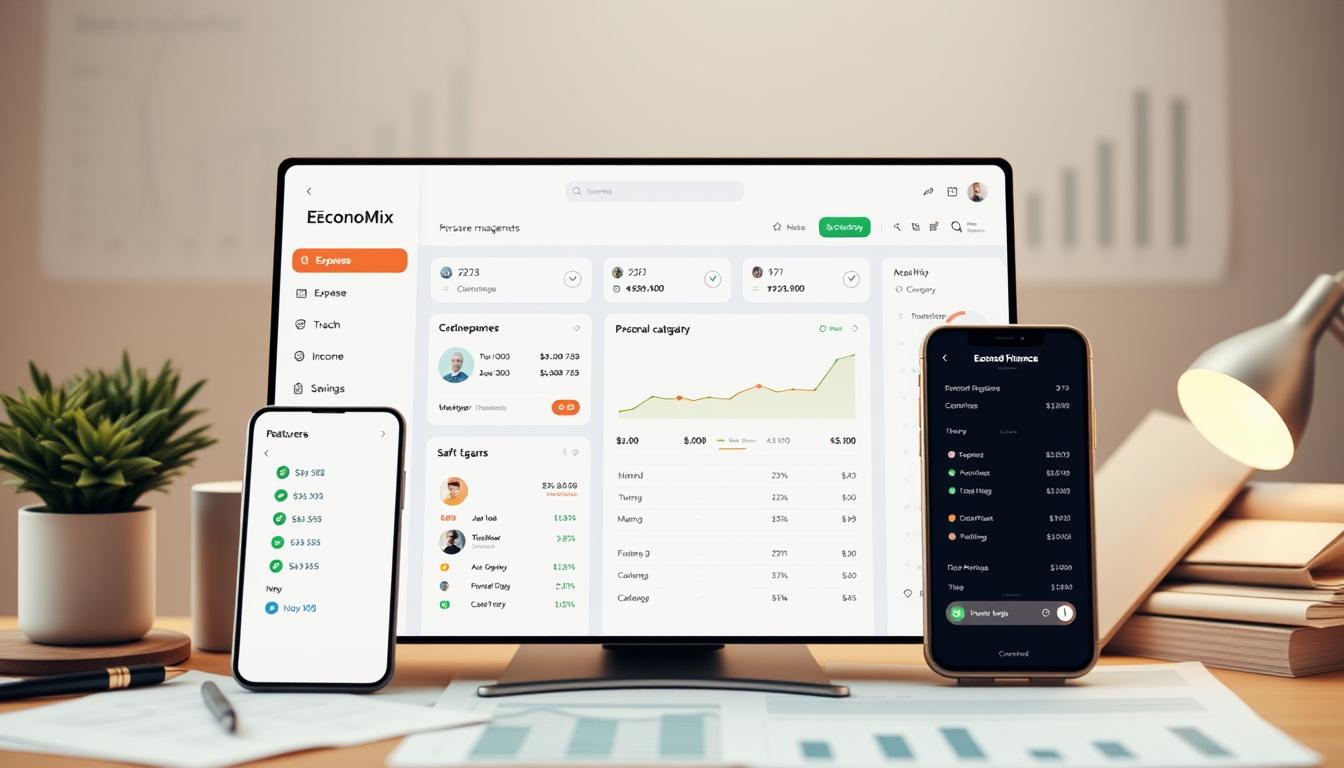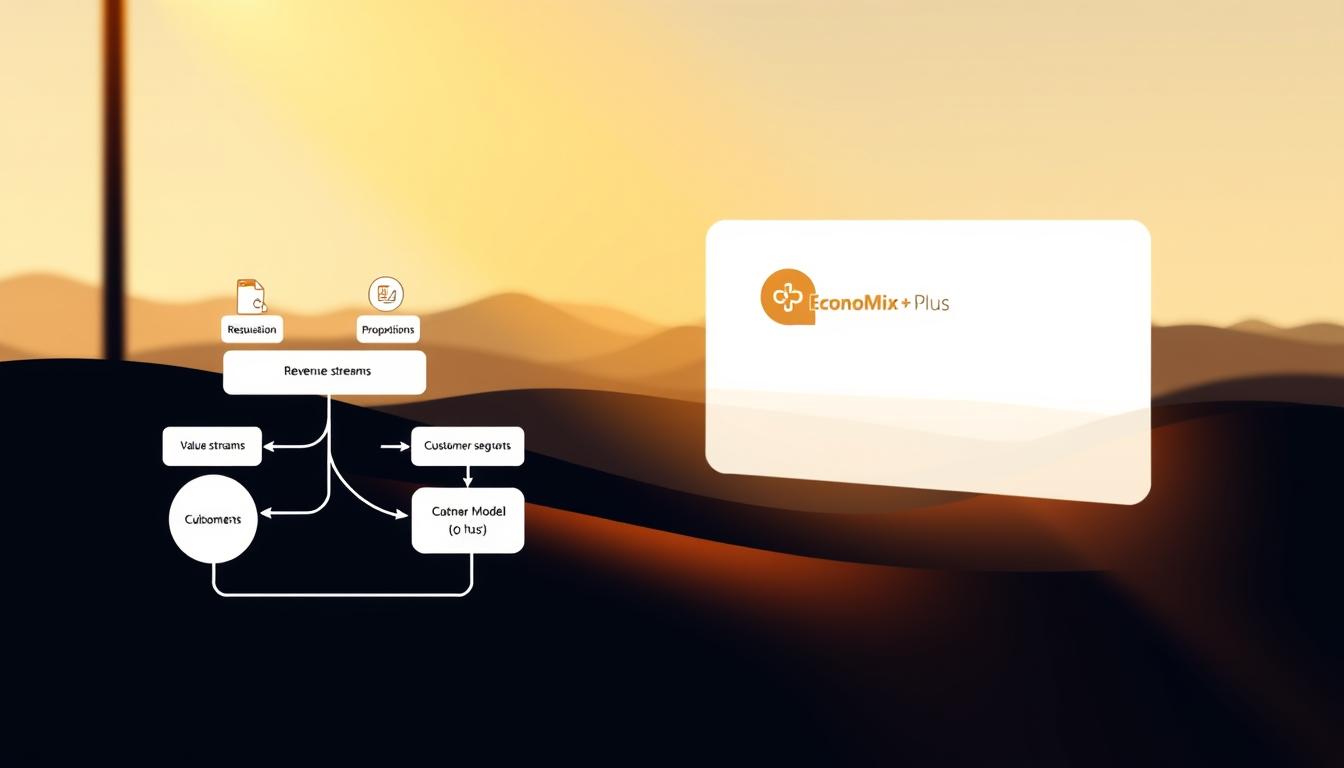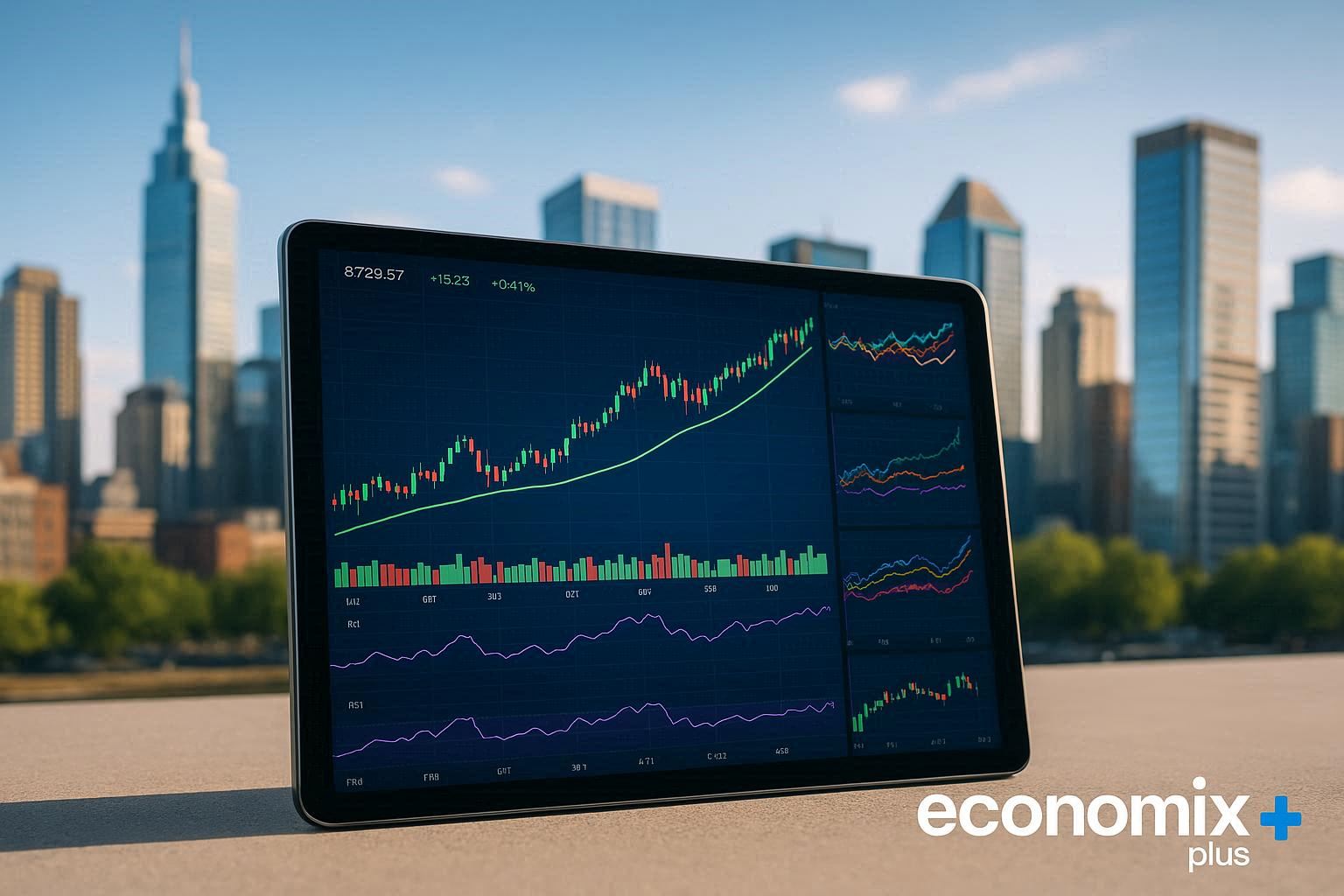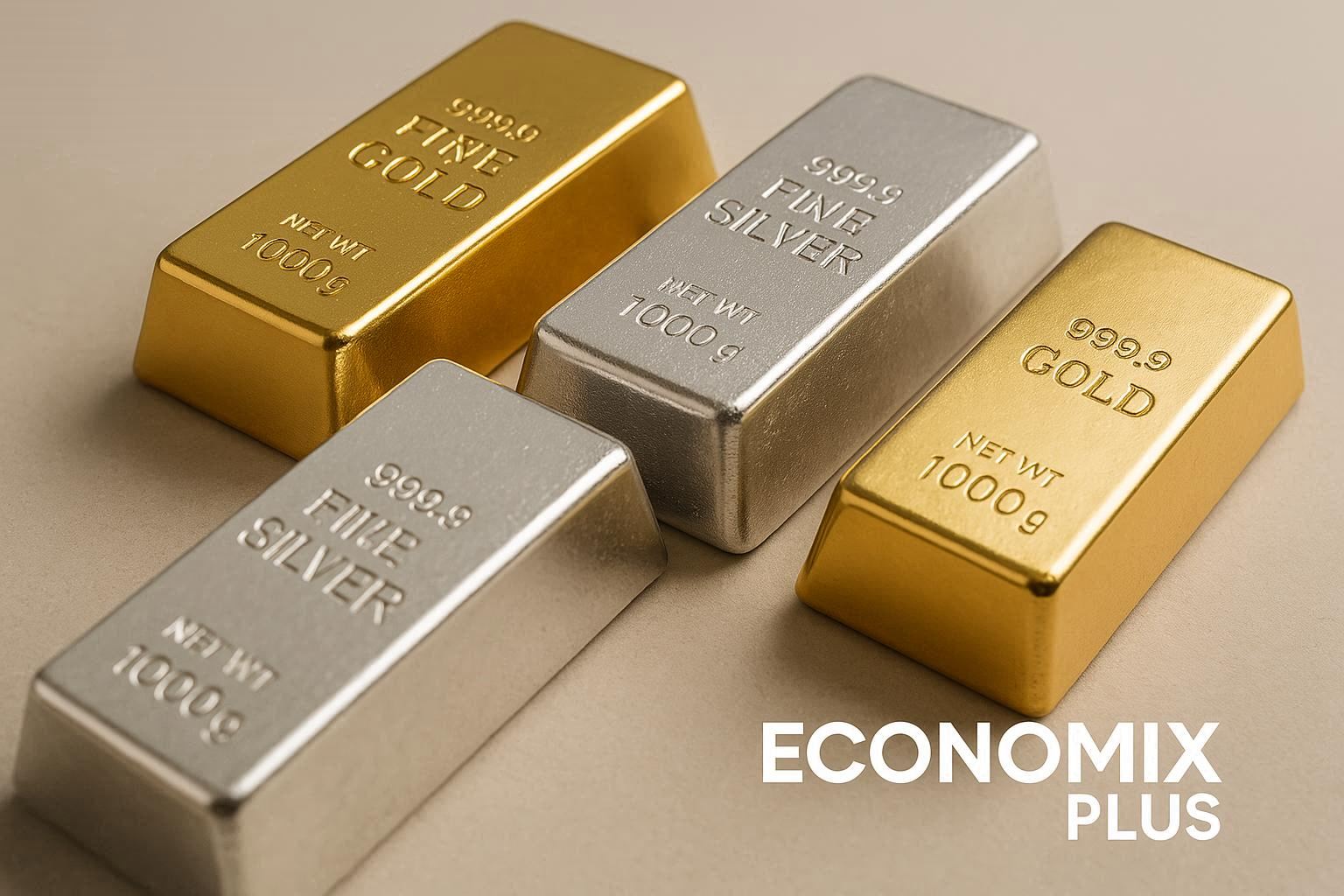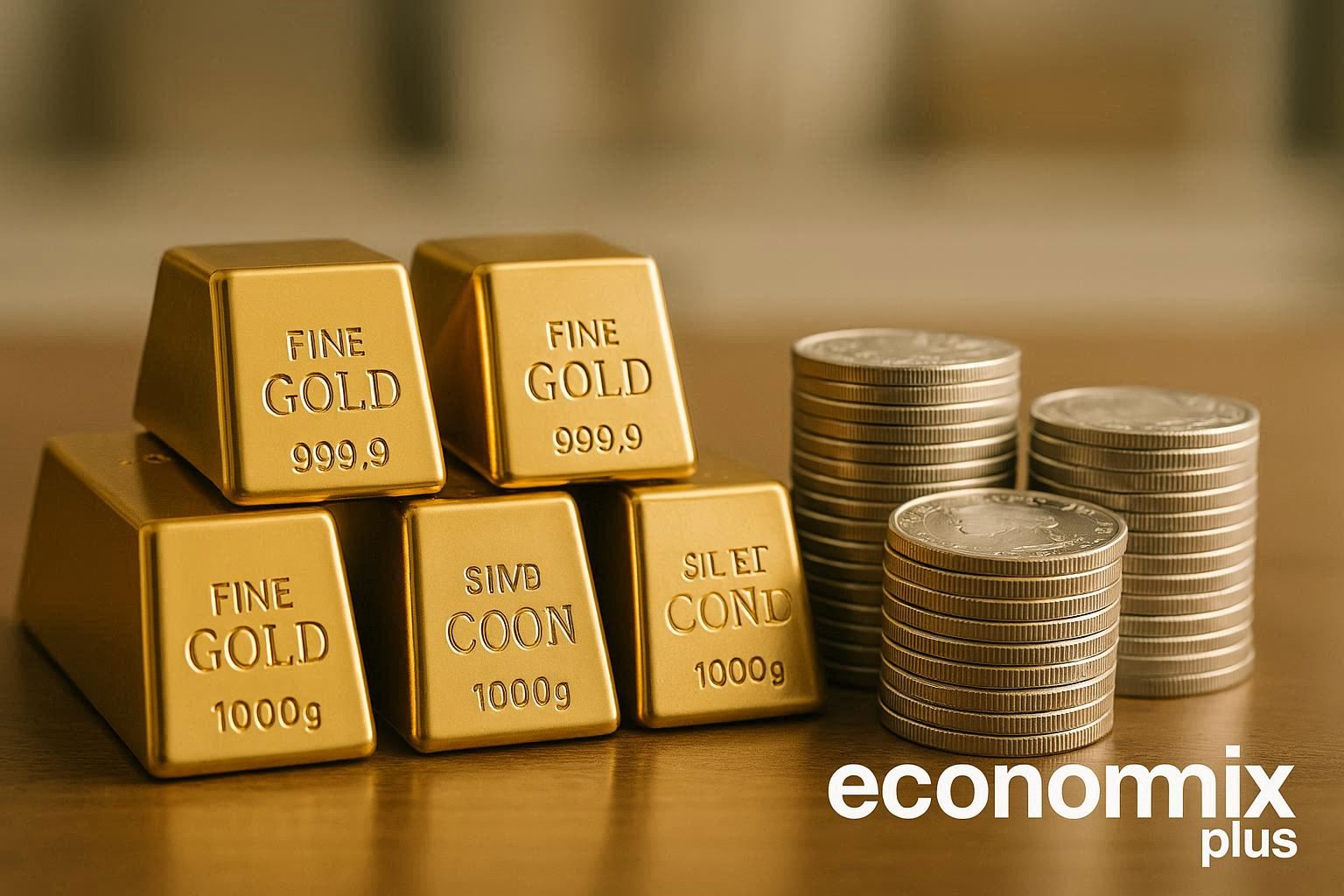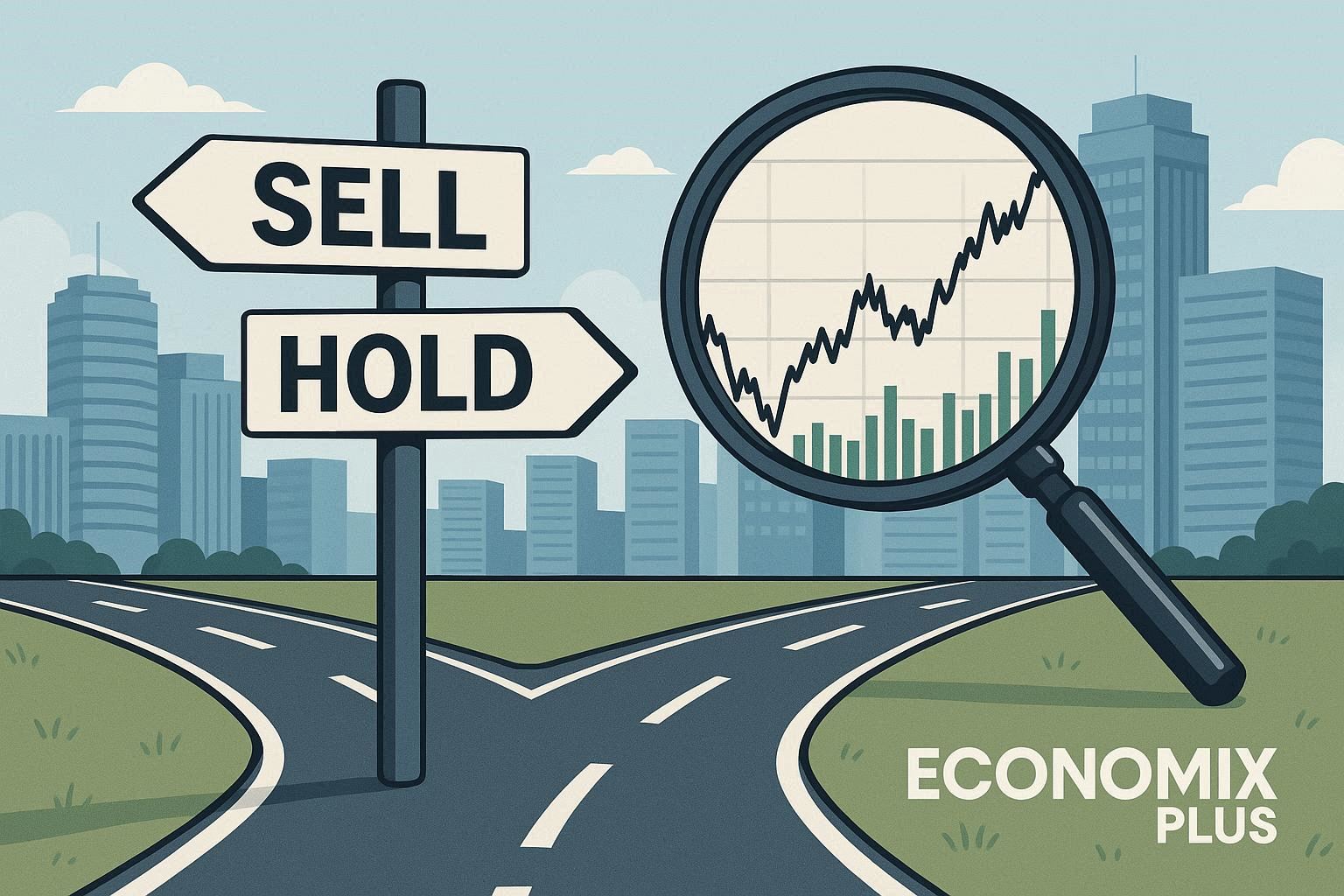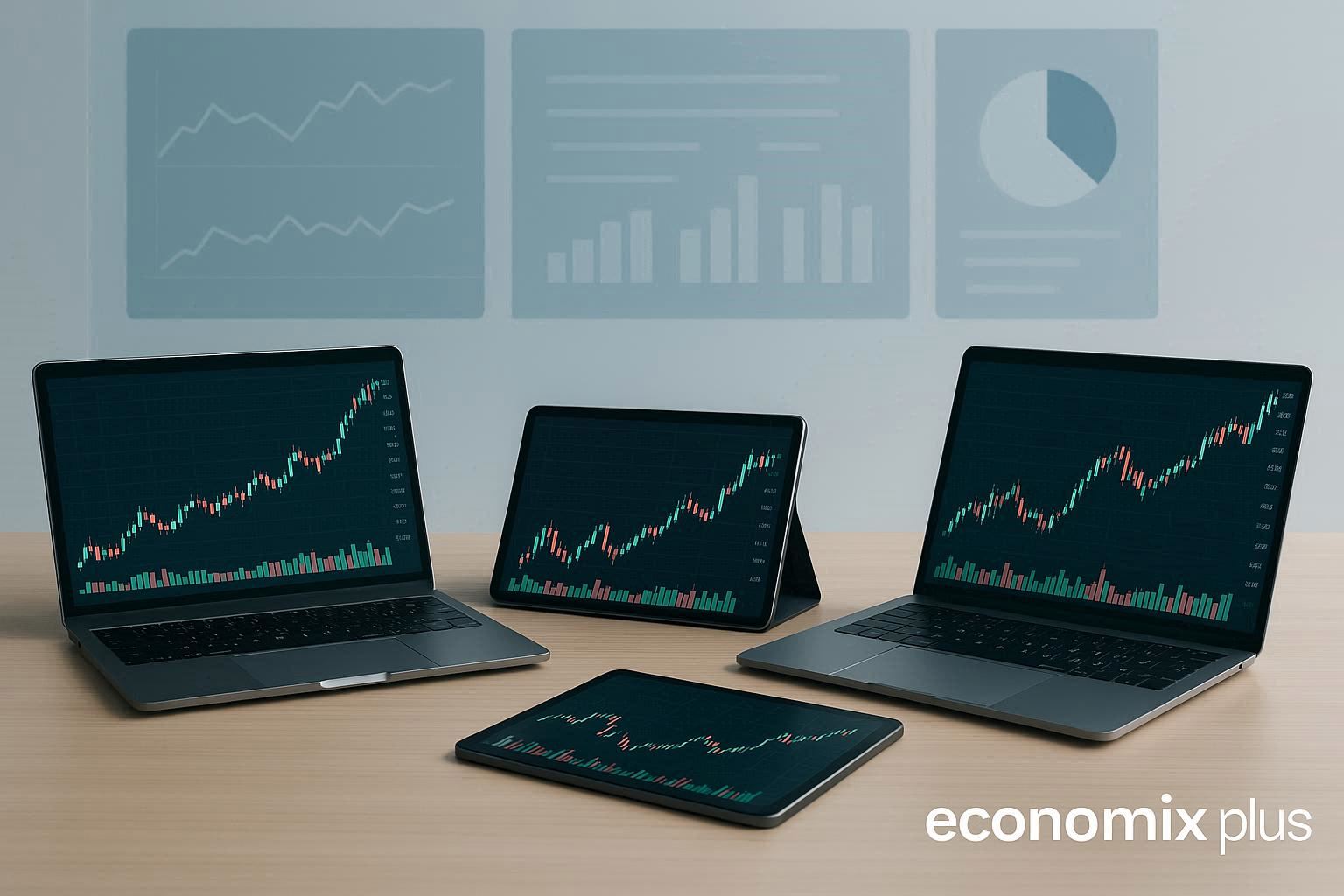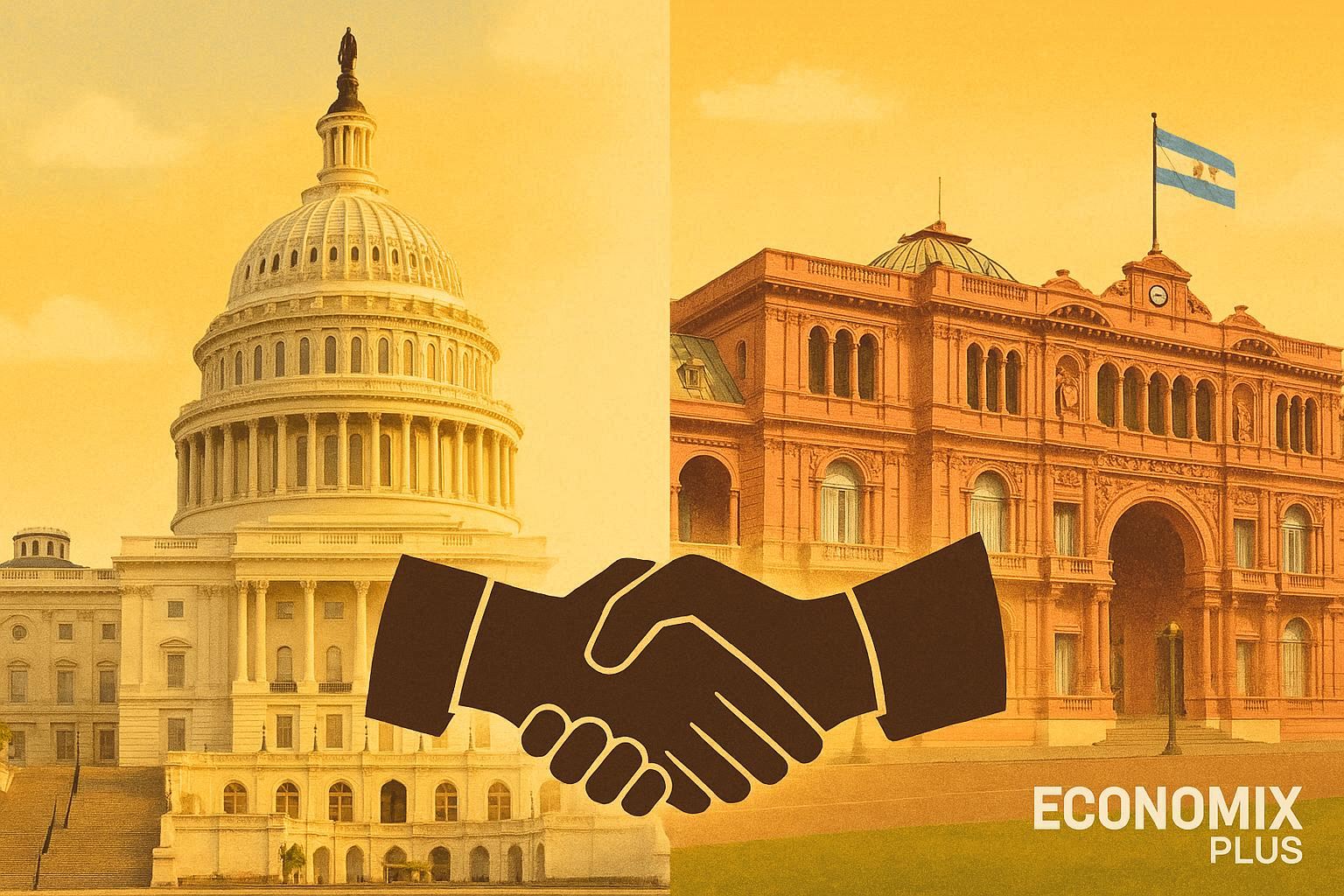Did you know nearly half of U.S. households carry credit card debt, while 37% can’t cover a $400 emergency? Financial stress is real, but it doesn’t have to control your life. The right tools can turn chaos into clarity.
Gone are the days of manual spreadsheets. Today’s budgeting apps simplify tracking expenses, setting financial goals, and even boosting your credit score. Whether you prefer free tools or advanced features, there’s an option for every need.
Forbes Advisor’s 2025 study analyzed 27 options, proving these apps aren’t just trendy—they’re transformative. Instead of restrictive tracking, they align with your priorities, helping grow your net worth effortlessly.
Key Takeaways
- Nearly 48% of Americans struggle with credit card debt.
- Modern tools replace outdated budgeting methods.
- Apps help track spending and build emergency funds.
- Options range from free to premium, catering to all needs.
- Financial empowerment starts with the right resources.
Ready to take control? Discover how the best tools can turn your bank accounts from stressful to strategic.
Why Budgeting Is Essential for Financial Success
Prices are rising faster than paychecks, making budgeting non-negotiable. Groceries cost 27% more than five years ago, while wages grew just 25%. Housing expenses jumped 26% since 2020, reflecting a broader trend of increasing living costs that can strain even the most careful budgets.
Without a plan, even small expenses can derail your savings. This is especially true when unexpected costs arise, such as medical bills or car repairs, which can quickly accumulate and lead to financial stress. A well-structured budget not only helps track regular spending but also prepares you for these unforeseen expenses, ensuring that your savings remain intact and your financial goals stay on track.
How Budgeting Apps Can Transform Your Finances
Spreadsheets waste time. Modern tools automate tracking, so you see where every dollar goes. Apps like YNAB use the 50/30/20 method: 50% needs, 30% wants, 20% savings. One user paid off $12,000 in credit card debt by setting automated goals.
Visual progress bars motivate you. Watching your emergency fund grow beats guessing.
“I saved $3,000 in six months just by tracking coffee runs,” says a Monarch Money user.
The Risks of Ignoring a Spending Plan
Mental math fails. The average person overspends by $1,000 yearly without tracking. Unplanned expenses—like a car repair—can force debt. Rent hikes? Apps alert you before overdrafts.
- Housing crisis: 26% cost increase strains budgets.
- Invisible leaks: $5 daily snacks = $1,825/year.
- Savings gap: 37% lack $400 for emergencies.
Start today. Your future self will thank you.
How to Choose the Best Budgeting App for You
Not all budgeting apps are created equal—finding your perfect match matters. Forbes Advisor’s research shows 35% of app ratings hinge on user experience, while 25% weight cost and 15% prioritize security. Your ideal tool should align with your habits, goals, and tech comfort. Additionally, a user-friendly interface can significantly enhance your engagement with the app, making it easier to track your finances regularly. A seamless experience can prevent frustration and encourage consistent usage, which is crucial for effective budgeting.
Furthermore, while cost is a vital consideration, it’s essential to evaluate what features you are getting for that price. Sometimes, investing in a paid app can lead to better financial insights and tools that free versions simply do not provide. Lastly, security is paramount in managing sensitive financial data; ensuring that the app has robust security measures can protect you from potential breaches and give you peace of mind.
Key Features to Look For
Prioritize automation if manual entry feels tedious. Apps like PocketGuard track transactions instantly, while Goodbudget uses envelope-style manual input. For families, multi-device sync is non-negotiable.
- Forbes’ Top Criteria: Ratings (35%), cost (25%), security (15%).
- UI Matters: 68% abandon apps with cluttered interfaces.
- ROI Check: Premium plans save 4+ hours monthly versus free versions.
Free vs. Paid: Which Is Right for You?
Free apps work for basic tracking, but lack features like investment integration. Paid tools (e.g., Monarch Money) offer family sharing and custom reports. Calculate time saved—if it offsets the cost, upgrade.
“I regained 10 hours/month by switching to automated tracking,” reports a YNAB user.
Security and Data Privacy Considerations
Your bank account data deserves fortress-level protection. Verify:
- 256-bit encryption (standard for top apps).
- Biometric login and FDIC-insured connections.
- Tokenization for transactions (prevents data exposure).
Avoid apps requesting unnecessary permissions. Your security checklist is as vital as the features themselves.
Top 5 Apps to Manage Your Personal Budget Smartly
Here’s how top-rated solutions stack up for different money goals. Whether you’re tackling debt or building net worth, one of these five options will fit. When it comes to tackling debt, it’s crucial to prioritize high-interest obligations first and consider tools that help track progress and motivate timely payments. For those focused on building net worth, effective budgeting apps can assist in tracking investments and savings, allowing users to visualize their financial growth over time. Each of these five applications offers unique features tailored to help users achieve their specific financial objectives.
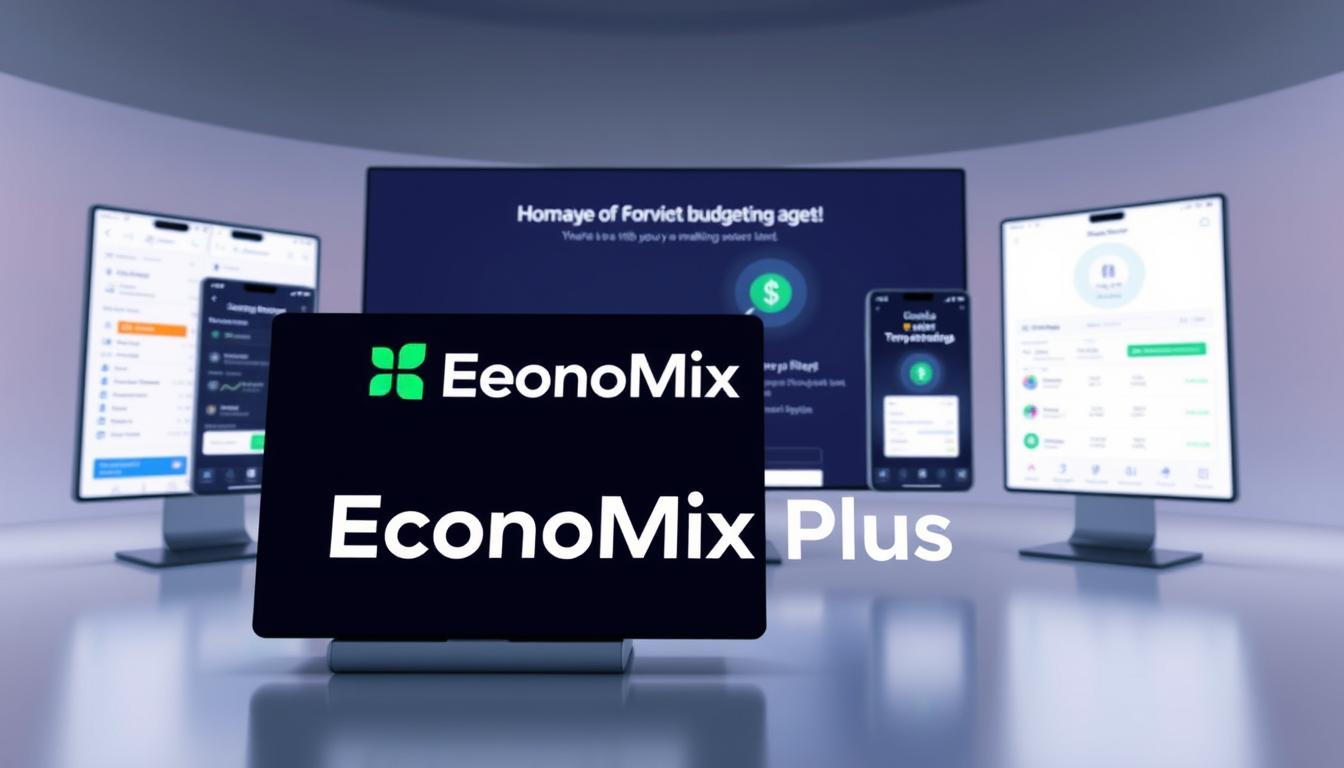
1. YNAB (You Need A Budget)
Features
This app masters zero-based budgeting. Every dollar gets a job, with real-time sync across devices. Unique features include debt payoff calculators and live workshops.
Pros
- 34-day free trial—longest in the industry
- Teaches proactive money habits, not just tracking
- iOS/Android apps rate 4.8+ stars in 52K reviews
Cons
Steeper learning curve than rivals. Manual transaction approval slows initial setup.
Pricing
$14.99/month or $99/year. Saves users an average 4 hours monthly versus spreadsheets.
2. Monarch Money
Features
Collaborate with financial advisors via shared dashboards. Run “what-if” scenarios for life changes like home purchases.
Pros
- 50% off first year ($99.99 vs $199)
- Customizable reports boost credit score awareness
- Syncs with 10,000+ bank accounts
Cons
No free tier. Mobile app lacks some desktop features.
Pricing
Annual billing only. Premium plan includes family access.
3. PocketGuard
Features
Its “In My Pocket” algorithm shows spendable cash after bills. Negotiates lower rates on subscriptions automatically.
Pros
- Saves $300/year via bill negotiations
- Simplest interface for beginners
- Free version covers basic needs
Cons
Limited investment tracking. Fewer educational resources than YNAB.
Pricing
$74.99/year or $7.99/month. Free tier has ads.
4. Quicken Simplifi
Features
Projects cash flow 12 months ahead. Ideal for households managing multiple incomes.
Pros
- Lowest annual cost at $35.88
- Tax deduction tracking built in
- Web-based—no downloads required
Cons
No free trial. Mobile experience lags desktop.
Pricing
One flat rate. No tiered plans.
5. Goodbudget
Features
Digital envelope system prevents overspending. Share budgets with family members seamlessly.
Pros
- Free plan includes 10 envelopes
- No bank account linking required (extra security)
- Teaches classic envelope budgeting digitally
Cons
Manual entry feels outdated. Premium ($80/year) needed for unlimited envelopes.
Pricing
Freemium model. Paid version adds reports and history.
How to Maximize Your Budgeting App’s Potential
Smart budgeting apps only work if you use them right—here’s how to unlock their full power. Forbes found 72% of users achieve financial goals faster with automated reminders. These reminders can be crucial for keeping you on track, nudging you to review your spending habits or encouraging you to stick to your savings plan.
Whether saving for a $6,000 vacation or paying off debt, small tweaks yield big results. By setting clear reminders for bill payments or savings contributions, users can significantly enhance their financial discipline and ensure they meet their targets more consistently.
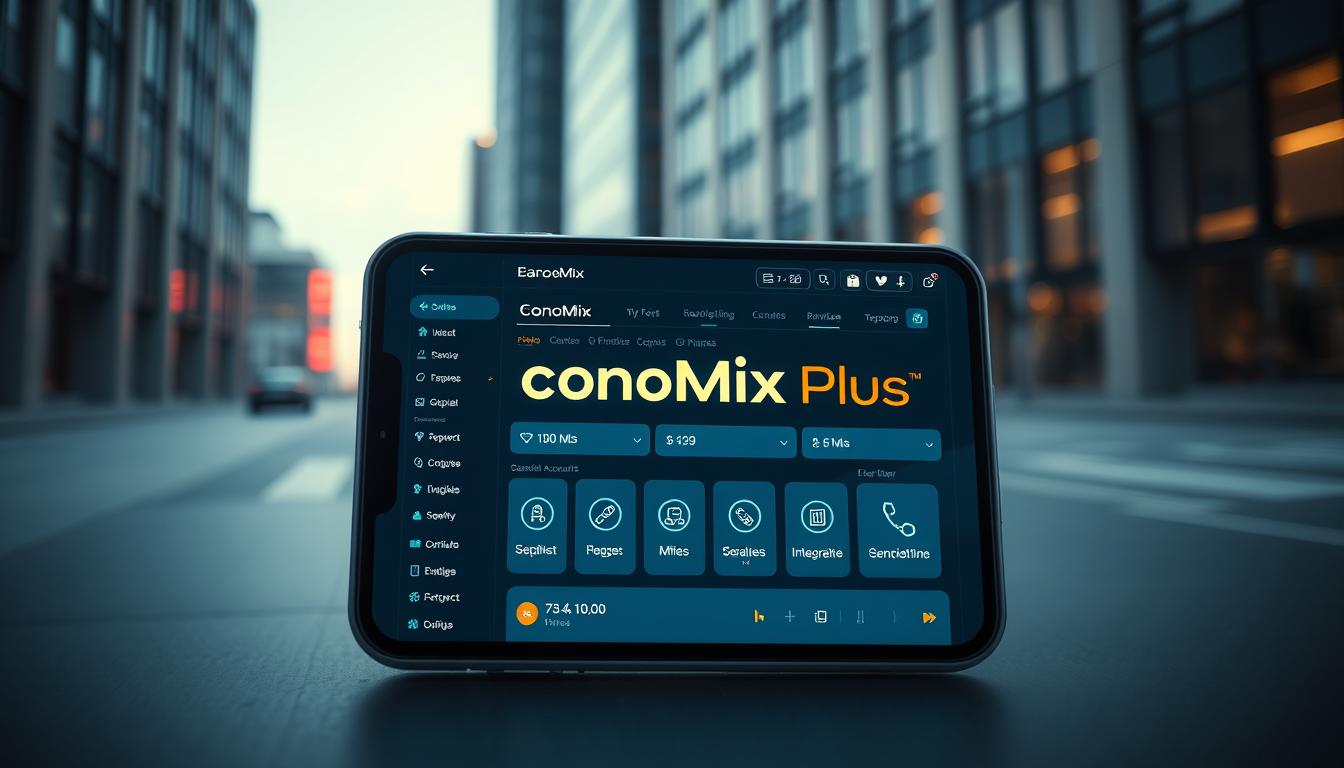
Setting Realistic Financial Goals
Apps like YNAB help break goals into SMART targets—specific, measurable, and time-bound. For example:
- “Save $3,000 in 6 months” beats vague wishes like “save more.”
- Sync milestones with life events (e.g., weddings, home repairs).
- Use progress bars to stay motivated.
“I paid off $15K in 18 months by setting weekly debt targets in Monarch,” says a user.
Tracking Expenses Effectively
Automation is key. Link accounts to categorize spending instantly. Apps flag unexpected expenses, like a $200 car repair, before they derail your budget.
| Feature | Benefit | Top App Example |
|---|---|---|
| AI Predictions | Adjusts for seasonal costs (holidays, vacations) | PocketGuard |
| No-Spend Alerts | Blocks impulse buys | Quicken Simplifi |
| Buffers | Reserves 5% for surprises | Goodbudget |
Adjusting Your Budget Over Time
63% of users revise plans quarterly. Try this checklist:
- Review categories (e.g., cut unused subscriptions).
- Compare actual vs. planned spending.
- Update goals after raises or windfalls.
Apps like Monarch show trends, so you plan smarter next month.
Budgeting Without Apps: Alternative Methods
Not everyone wants to rely on digital tools to manage their money. If you prefer hands-on control or need a break from screens, these proven methods work just as well. From spreadsheets to cash systems, you can build a solid budget without downloads. Many individuals find that traditional budgeting techniques provide a sense of empowerment and clarity that digital tools sometimes lack. For instance, using a spreadsheet allows you to customize your budget to fit your unique financial situation, enabling you to see all your income and expenses laid out clearly.
Alternatively, cash systems can help you physically visualize your spending limits, which can be particularly effective for those who struggle with overspending. These methods not only promote discipline but also encourage a deeper understanding of where your money goes, making it easier to identify areas for improvement and savings.
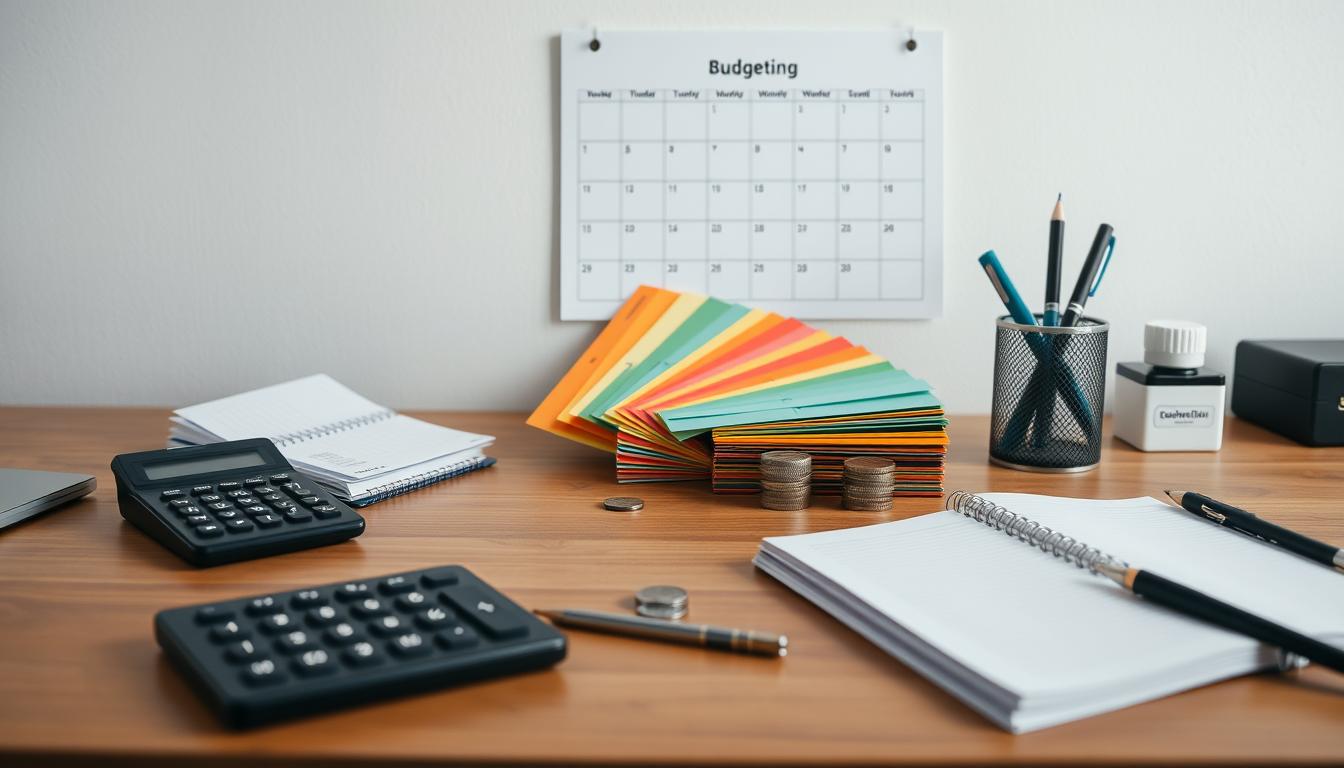
Spreadsheet Budgeting
Google Sheets and Excel remain powerful tracking options. The 50/30/20 template—dividing income into needs, wants, and savings—is used by 41% of spreadsheet users. Start with these steps:
- Label columns: Date, expenses, amount, and categories.
- Automate math: Use SUM formulas for totals.
- Color-code: Highlight overspending in red.
Free templates from Credit Karma simplify setup. Unlike apps, spreadsheets don’t sync with your account, adding security for privacy-focused users.
Cash Envelope System
Physical cash creates tangible spending limits. Modern twists include:
- Digital tracking: Snap receipts into a folder app.
- Hybrid envelopes: Prepaid cards for each expenses category.
- Weekly resets: Adjust amounts based on last week’s habits.
“I saved $200/month by switching to cash for groceries,” says a Reddit user.
Cash stuffing has a 41% success rate for debt payoff. It forces you to confront every dollar spent.
Hybrid Approaches
Combine manual and digital methods for flexibility. Try these plan tweaks:
- Track fixed costs in apps (rent, utilities).
- Use cash for variable expenses (dining out).
- Review quarterly: Switch fully to apps if manual entry burns time.
Security tip: Never store cash envelopes and account details together. Rotate storage spots to deter theft.
Common Budgeting Mistakes to Avoid
Budgeting should simplify your finances, not add stress—yet 58% of users quit within three months due to common pitfalls. Forbes found that overly complex plans and ignored small expenses derail progress. The fix? Proactive tweaks that align with your lifestyle.
Overcomplicating Your Budget
Perfectionism backfires. Users with 20+ categories abandon efforts 3x faster than those with 5-7. Try these simplifiers:
- Broad buckets: Merge “Dining out” and “Takeout” into “Food”
- Auto-categorize: Apps like Quicken assign 85% of expenses accurately
- Weekly focus: Track just 1-2 problem areas (e.g., entertainment)
“I cut review time by 75% using three main categories,” says a Mint convert.
Ignoring Small Expenses
Those $4 lattes add up. The average $5 daily “coffee leak” wastes $1,728/year—enough for a vacation. Solutions:
| Tracking Method | Accuracy | Best For |
|---|---|---|
| App notifications | Real-time | Impulse spenders |
| Weekly roundups | +/- 5% | Casual trackers |
| Cash envelopes | Exact | Visual learners |
Failing to Review Regularly
Static budgets fail. Schedule monthly check-ins to:
- Compare actual vs. planned spending
- Adjust for life changes (raises, new bills)
- Celebrate wins (e.g., 10% debt reduction)
Tools like YNAB send reminders. One user slashed waste by 23% with 15-minute weekly reviews.
Conclusion
Taking control of your money starts with the right tools—89% of users feel less stressed after adopting budgeting apps. Whether you prioritize automation or security, the best pick aligns with your financial goals.
Without a plan, small leaks sink big dreams. But with apps, you’ll track spending, boost savings, and even improve your credit score. Progress beats perfection—start with a 7-day free trial.
Ready to transform your personal finance? Choose an app today. Your future self will thank you.
